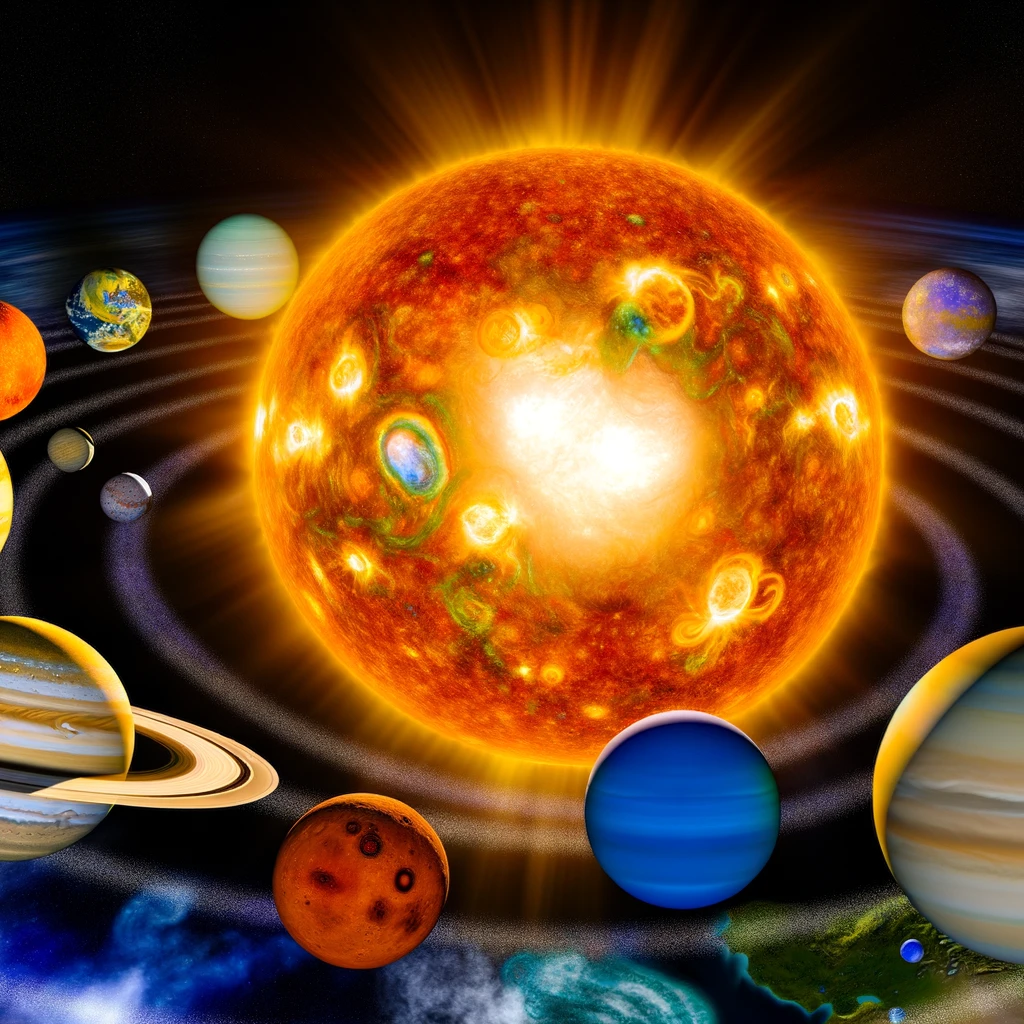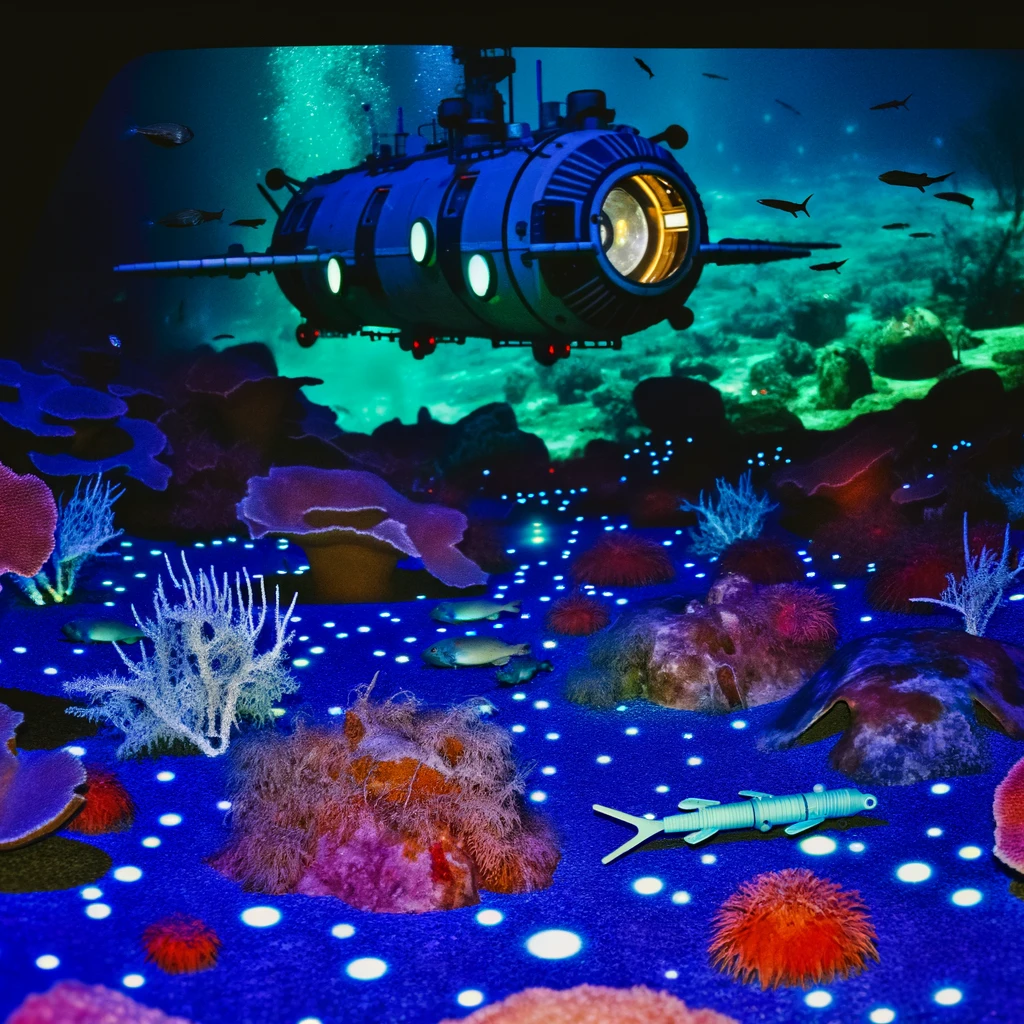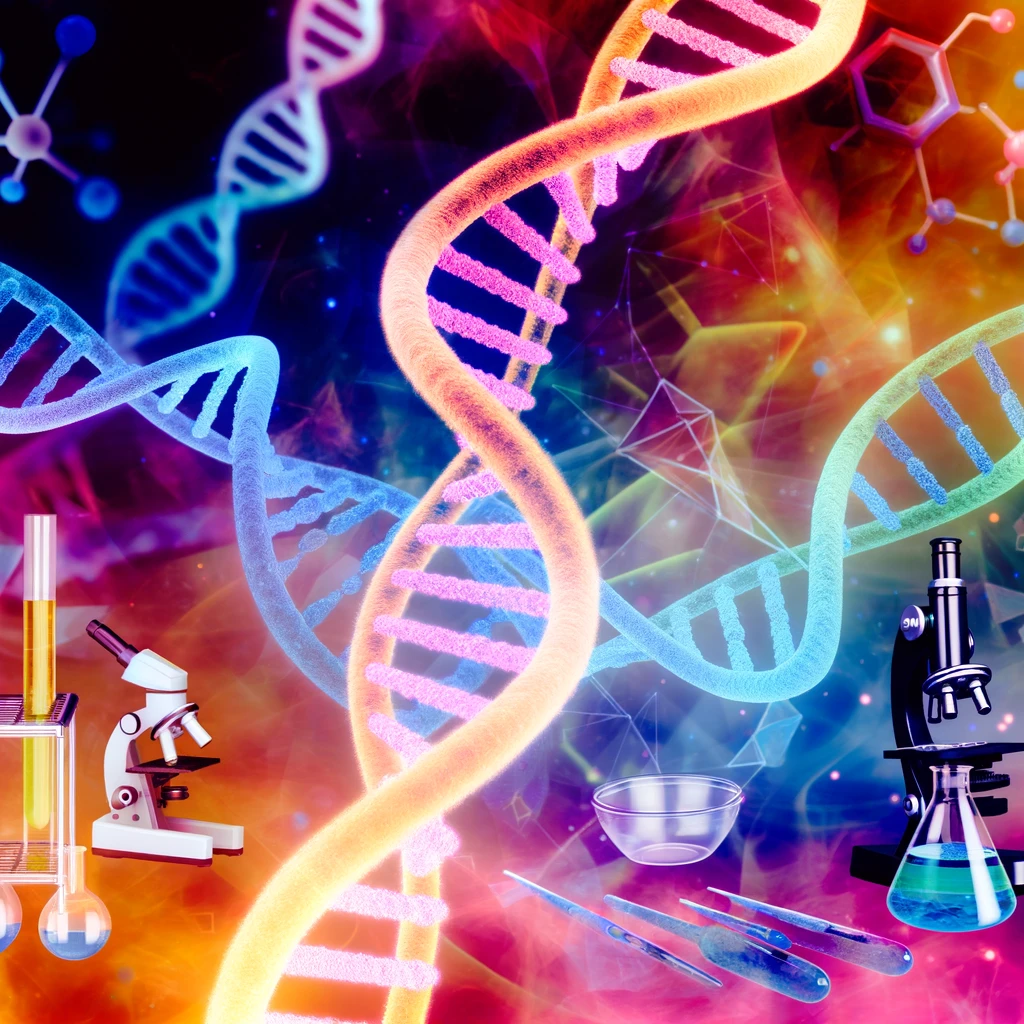
The Wonders of the Solar System: Exploring Planets Beyond Earth
The solar system is a vast and wondrous place, filled with planets that each hold their own mysteries and wonders. Beyond our blue planet, Earth, lie celestial bodies that have captivated the imaginations of scientists and dreamers alike. In this article, we will journey through the solar system, exploring the unique features and intriguing aspects of these planetary neighbors.
Mercury: The Swift Planet
Mercury, the closest planet to the Sun, is a world of extremes. With temperatures soaring to 800°F during the day and plummeting to -290°F at night, it's a planet of stark contrasts. Its surface is riddled with craters, reminiscent of our own Moon, and its lack of atmosphere means there's no weather to erode these features. Mercury's swift orbit around the Sun, completing a cycle in just 88 Earth days, has earned it the nickname of the 'Swift Planet'.
Venus: Earth's Twin
Often called Earth's twin because of its similar size and composition, Venus is a planet shrouded in mystery. Its thick, toxic atmosphere is composed mainly of carbon dioxide, with clouds of sulfuric acid, creating a runaway greenhouse effect that makes it the hottest planet in our solar system. Despite its inhospitable conditions, Venus continues to intrigue scientists, particularly with recent studies suggesting the possibility of microbial life in its upper cloud layers.
Mars: The Red Planet
Mars has long been a focal point for exploration and speculation. Known as the Red Planet due to its iron oxide-rich surface, Mars is home to the tallest volcano and the deepest, longest canyon in the solar system. Recent missions have uncovered evidence of liquid water in its past, sparking discussions about the potential for past life on Mars. With ongoing missions like the Mars Rover Perseverance, the quest to uncover the secrets of Mars continues to inspire.
Jupiter: The Gas Giant
Jupiter, the largest planet in our solar system, is a gas giant with a mass more than two and a half times that of all the other planets combined. Its most notable feature, the Great Red Spot, is a massive storm that has raged for hundreds of years. Jupiter's strong magnetic field and its system of moons, including the potentially habitable Europa, make it a fascinating subject of study.
Saturn: The Ringed Wonder
Saturn is perhaps best known for its stunning rings, composed primarily of ice particles, rocky debris, and dust. These rings, while spectacular, are not permanent and are gradually being pulled into the planet by gravity. Saturn's largest moon, Titan, is of particular interest due to its thick atmosphere and lakes of liquid methane and ethane, raising questions about the potential for life in its unique environment.
Uranus and Neptune: The Ice Giants
Uranus and Neptune, the ice giants, are often less discussed but no less intriguing. Uranus, with its extreme axial tilt, experiences seasons that last over two decades. Its atmosphere is primarily hydrogen and helium, with a mix of water, ammonia, and methane, giving it a pale blue color. Neptune, known for its vibrant blue color, is a dynamic world with supersonic winds and the Great Dark Spot, a storm comparable to Jupiter's Great Red Spot.
Beyond the Planets: Dwarf Planets and the Kuiper Belt
Beyond Neptune lies the Kuiper Belt, a region of icy bodies, including dwarf planets like Pluto. Once considered the ninth planet, Pluto's reclassification as a dwarf planet has not diminished its allure. The New Horizons mission provided breathtaking images and data, revealing a complex and active world that challenges our understanding of planetary science.
The Future of Planetary Exploration
As technology advances, so too does our ability to explore these distant worlds. Future missions aim to uncover more about the potential for life on planets and moons, the formation and evolution of our solar system, and the intricate dynamics of these celestial bodies. The wonders of the solar system continue to beckon, promising new discoveries and insights into the universe we call home.
Related Articles





